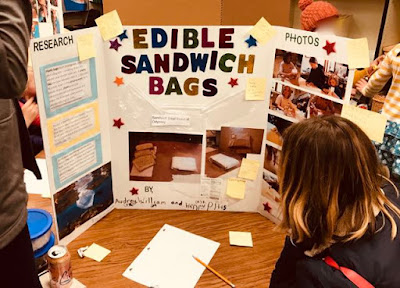[I live in Alaska. I've passed through West Virginia long ago. I have no inside knowledge about Manchin. Just general thoughts about how people behave in political organizations.]
Manchin and Sinema keep trading places in the headlines as the person who is holding climate change and other critical issues hostage.
Since I live in an oil state, I have an inkling of the pressure that any US Senator from Alaska feels - Democrat or Republican. When Mark Begich was the Democratic Senator from Alaska, he supported oil development. It's part of the job of an Alaskan Senator. Or at least the perception is that if you aren't an oil supporter, you won't get elected. Oil money will sink your campaign. So Alaskan Democrats might lobby a Democratic Senator on climate change, but we know oil interests lobby harder. Sen. Murkowski understands the importance of climate change and bows to oil and GOP pressure.
So I understand that Manchin needs to stand strong on coal. He stands strong with the coal industry and the jobs it brings his state. Even if the demand for coal is waning. Even if many coal miners die a premature death from black lung disease. In Alaska oil doesn't actually employ that many people compared to other sectors. And almost 40% commute from Outside for one or two week rotations. But for the last 40 years it has paid for state government. Whenever there is any opposition to what the oil companies want, they spend massive amounts of money to sway public opinion that only oil can keep Alaskans employed and enjoying the lifestyle they've come to expect. Even if it's not true.
I saw a Tweet yesterday responding to someone complaining that Biden couldn't deliver major legislation the way LBJ or FDR could. The responders pointed out that LBJ had a 66-34 Democratic majority going into the 1964 and a 68 -32 majority after the election. There were lots of Democrats from the South that wouldn't vote for the landmark Civil Rights legislation. LBJ needed Republican votes to beat the filibuster, which in those days you had to actually carry out by speaking 24 hours straight or longer. But when you were done, the vote was taken and it wasn't 2/3. Today you just push a button and kill the legislation. Biden has 48 Democrats and 2 Independents and 50 Republicans. He has no wiggle room whatsoever.
One could say that by holding up critical climate change legislation to prolong the coal industry's slow death, Manchin is condemning millions of people around the world to premature deaths. Not just because of this one bill, but because if the US falters on this, then it will give other countries around the world an excuse to go slower too. And the slower we go, the more people will be displaced and die because of how climate change will play out. More violent storms. More drought causing massive fires and forcing people off the land their families have farmed for generations. More wars to fight for scarce resources like water, arable land, livable temperatures. And it wouldn't be wrong to say - and history books might - that Manchin was the person who did this.
But Manchin is only the focal point because of other problems as well:
- Our US Senate is grossly unrepresentative. Because every state, no matter the population, has two senators, small, rural states have more more senators than their small populations deserve. Alaska, with 733,391 people has two Senators just like California with almost 40 million people - 54 times as many people! Democrats in the Senate represent 43 million more people than the Republican Senators represent.
- There are 50 Republican Senators who aren't being put in the spotlight like Manchin. What are they doing? There isn't one who has the courage to vote yes?
- Minority leader McConnell could work out a deal to get this passed. But making Democrats look bad is his main objective. That and voter suppression is the only way Republicans can stay in power at all for now.
- He needs to publicly (in West Virginia) appear to be the man who stood up to protect West Virginia's coal,
- He needs to protect the coal interests of his major financial backers.
- He wants to protect his own financial interests in coal.
Numbers 2 and 3 are harder to make deals on. If it were only #1, it would seem like the Democrats could do a number of things that benefit West Virginia in exchange for his vote like:
- exempt West Virginia from restrictions on coal- though if power plants are giving incentives for clean fuel, that would mean they would move away from West Virginia coal even if it were exempted.
- offer boosts to care for coal mine related health problems for West Virginia
- offer job retraining programs for coal miners and incentives for businesses in West Virginia to hire them and/or incentives for companies outside of West Virginia to relocate or open work places in WV
- make a big public show of all the sacrifices Democrats had to make to satisfy Manchin for WV consumption


















